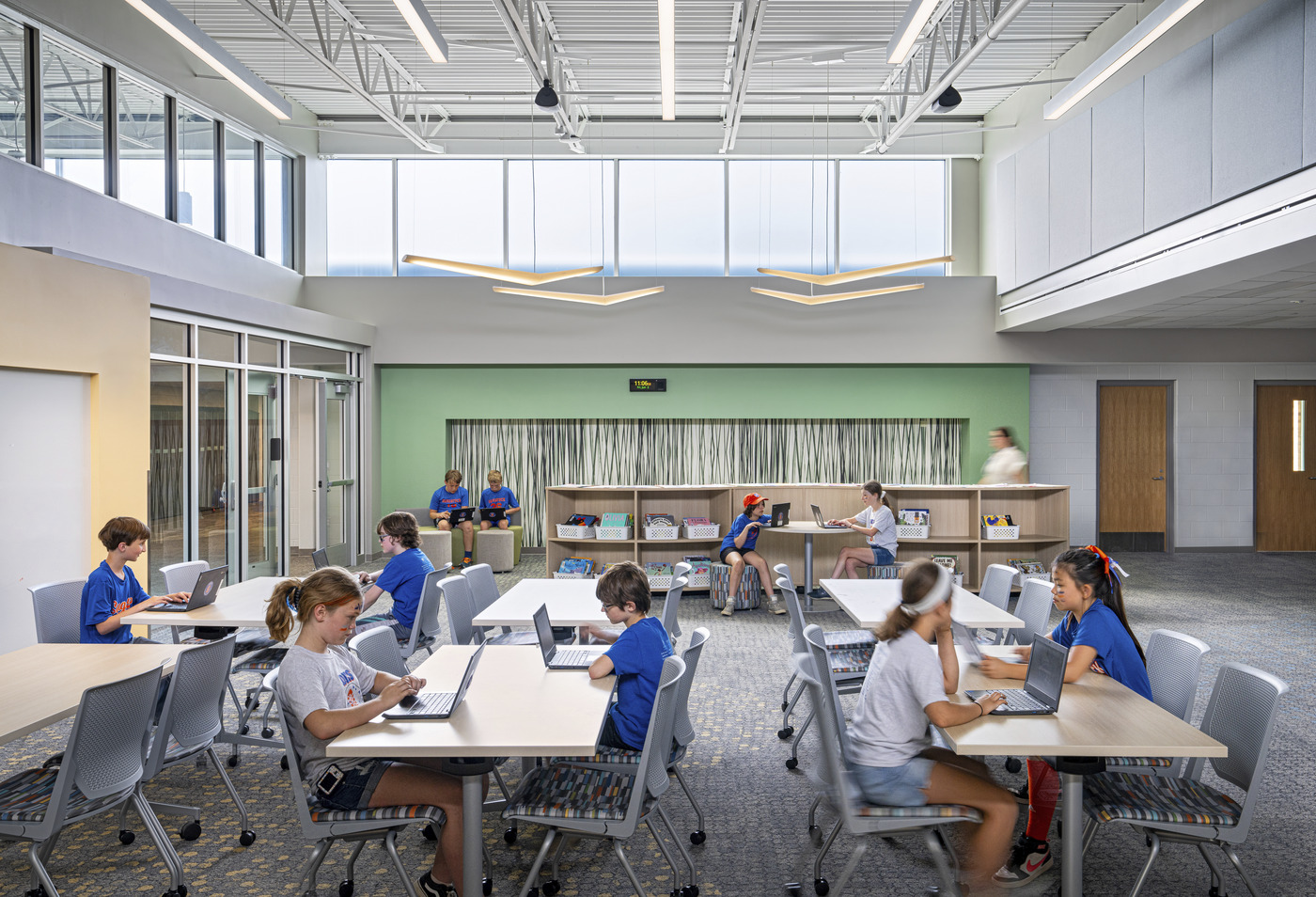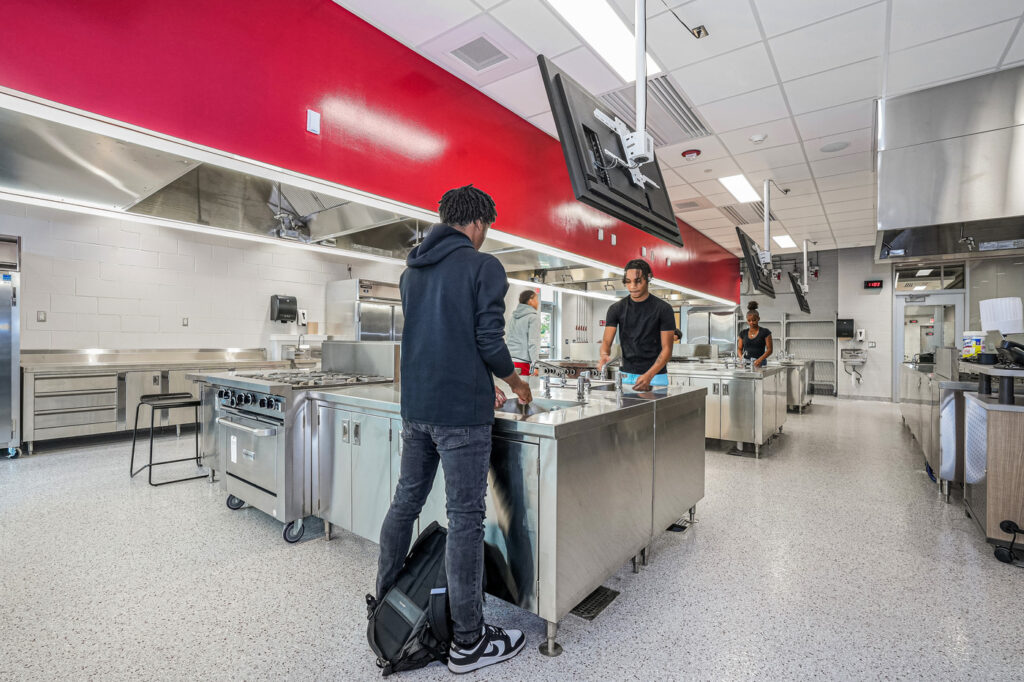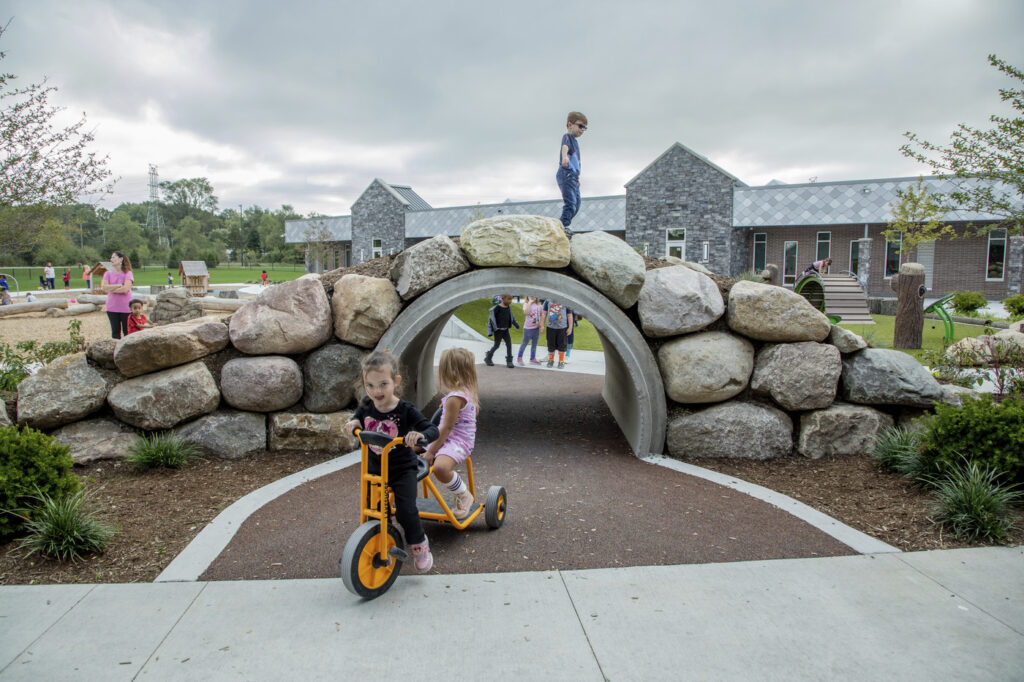The process of integrating game-like elements into learning environments is known as gamification. Gamification is a powerful tool to inspire learning for an “internet-first” generation who have grown up surrounded by technology and game mechanics. For these students, games are a familiar language of interaction, progress, and reward. When educators bring those elements into classrooms, students often become so engaged they forget they are learning. From points and badges to role-playing quests and storytelling challenges, gamification leverages the same principles that make games irresistible to today’s learners. Imagine a student working on a math problem not just for grades but unlocking the next level or earning a badge —this added layer of excitement makes learning feel less like work and more like a rewarding adventure. And that’s the beauty of it: learning happens naturally through interaction, play, and collaboration.
Core Principles
At the heart of gamification are these game-like elements designed to motivate and inspire students:
- Points, badges, levels and leaderboards provide recognition and a sense of achievement. Using the leveling-up approach, for example, students can see their learning progress using levels to demonstrate how much they are achieving.
- Quests, quizzes, hidden tasks and team challenges invite learners to work toward goals in ways that feel exploratory and fun. For example, role-playing quests can place students in the shoes of a biologist or engineer, encouraging creativity and problem-solving.
- Choose-your-own-adventure structures give learners autonomy to make decisions and explore different pathways, fostering ownership of their learning journey. For instance, a branching story sends students down different paths depending on what route they choose, helping students use critical thinking to plan ahead.
- Storytelling and narrative development transforms lessons into immersive experiences. When learning is framed through a storyline, it becomes more memorable, creating emotional connections that help knowledge stick.
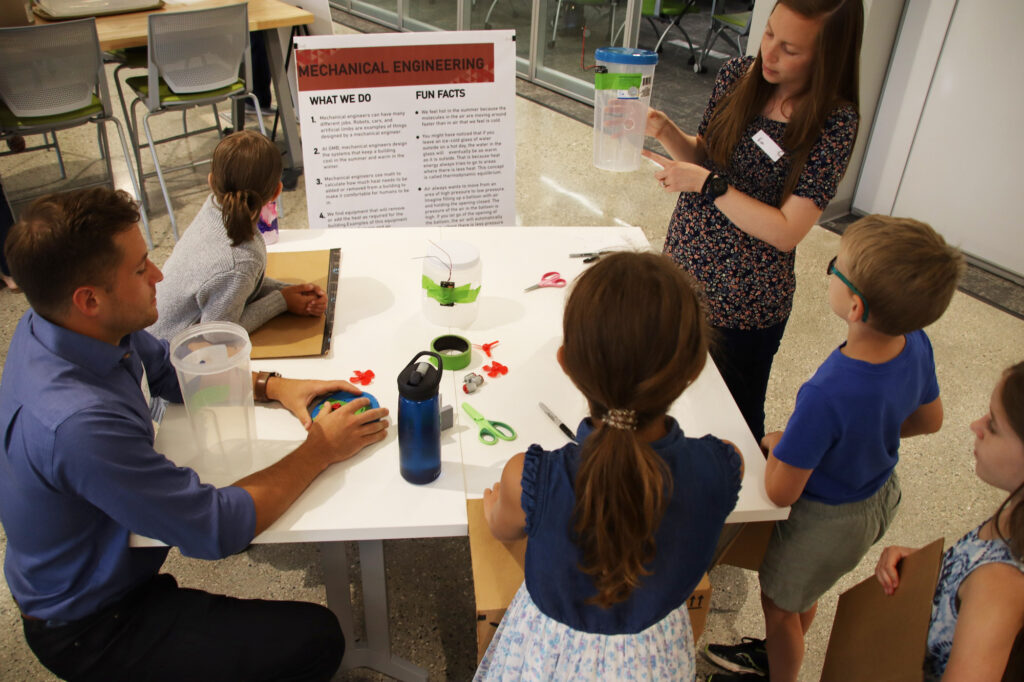
Beyond mechanics, gamification taps into behavioral science and motivation. Incremental challenges and feedback loops trigger dopamine release, reinforcing motivation and making progress feel rewarding. Unlike traditional models where feedback is delayed, like grading, gamification provides instant feedback, allowing learners to adjust and succeed in real time. Beyond rewards, gamification also draws on our basic needs for connection, collaboration, and play by creating a place where students can engage with both the material and each other in a fun, interactive way.
Equally important is student autonomy. Gamified environments often allow learners to choose their own paths, set personal goals, and track their own progress — empowering them to take ownership of their learning. Let’s look at an example:
In a middle school history class, a teacher designs a unit around the American Revolution as a branching story. Students take on the role of a young colonist who must make important decisions along the way:
- Do you volunteer for the war as a messenger, a soldier, or a nurse in training? Or do you focus your efforts on sustaining the town or a family farm?
- How do you respond when resources run low or your community faces conflict?
Each choice sends students down a different learning pathway: uncovering health practices of the time period, solving math problems to calculate supplies, or writing journal entries from their character’s perspective. The narrative unfolds based on the decisions they make, leading to multiple possible outcomes. This structure gives learners a sense of autonomy, while embedding core content into an engaging, story-driven format.
Technology That Powers Gamification
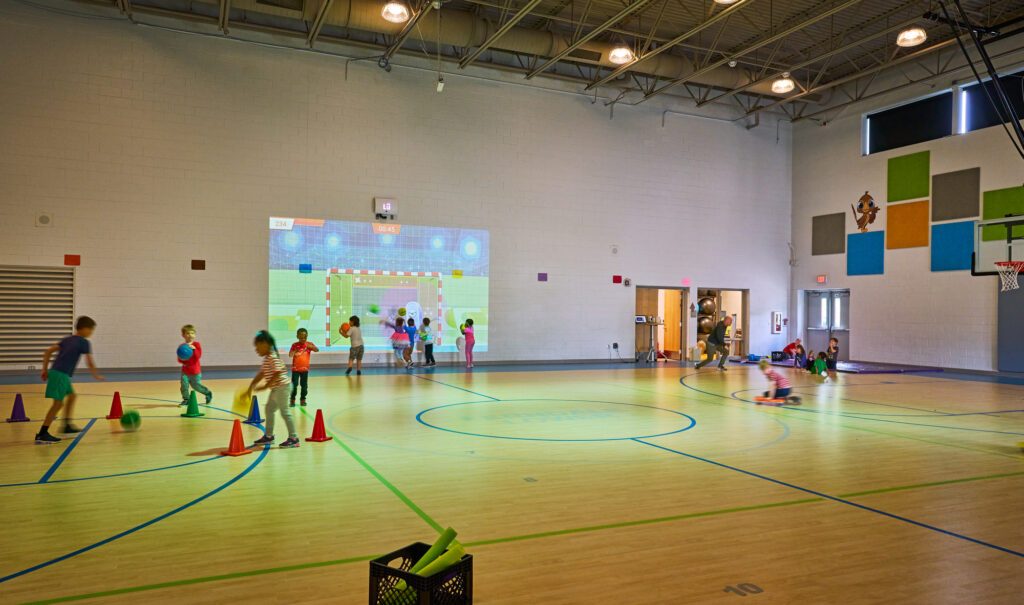
The term gamification often evokes thoughts of technology, but gamification thrives in both physical and digital spaces. In-person tools can include projectors or wall displays for point tracking, as well as activity-based learning that blends movement with academics. These strategies not only engage students but also support motor skills, brain activation, and memory retention. On the other hand, digital tools like Kahoot!, Prodigy, and Zearn seamlessly integrate into eLearning. They offer interactive, curriculum-aligned platforms that turn routine lessons into competitions or cooperative quests with real-time feedback and personalized learning paths.
Wherever gamification is used, its accessibility is a key strength. Gamification is highly adaptable to nearly any subject area, teaching method, or budget, ensuring that all learners can participate in meaningful, playful instruction.
Benefits Beyond Engagement
While engagement is the most visible outcome, gamification offers a much deeper range of benefits:
- Inclusivity and accessibility ensure that gamified experiences can be designed for all learners, regardless of subject, background, or ability.
- Collaboration and competition help students build teamwork and resilience while embracing healthy rivalries.
- Problem-solving and creativity flourish in environments that encourage experimentation and open-ended challenges.
- Physical and mental health are strengthened when movement is integrated, as neuroscience links exercise with improved brain function, memory, and wellness.
- Social learning is embedded, with students often learning from and with each other in shared goals and team dynamics.

Pedagogy and Gamified Learning Environments
For gamification to be effective, it must be intentional. Simply adding games to a lesson isn’t enough — the activities must align with learning objectives and instructional goals. When thoughtfully applied, gamification complements flexible, tech-enabled, and socially interactive learning environments.
Research projects like the Gameful Assessment in Michigan Education (GAME) Project, led by the University of Michigan, highlight how gamified systems can transform assessment and instruction. These approaches encourage learners to think beyond grades, focusing instead on subject mastery and growth.
Educators can also blend gamification with traditional methods, adapting strategies for different subjects and learners. Over time, building these systems and training teachers to use them becomes an investment in the future, ensuring sustainable, engaging models of instruction.
Overall, gamification creates a bridge between students’ natural inclination toward play and the academic skills they need to thrive. By bringing game elements into the classroom, educators create multi-modal learning environments that are engaging, motivating, and empowering for students of all ages.

